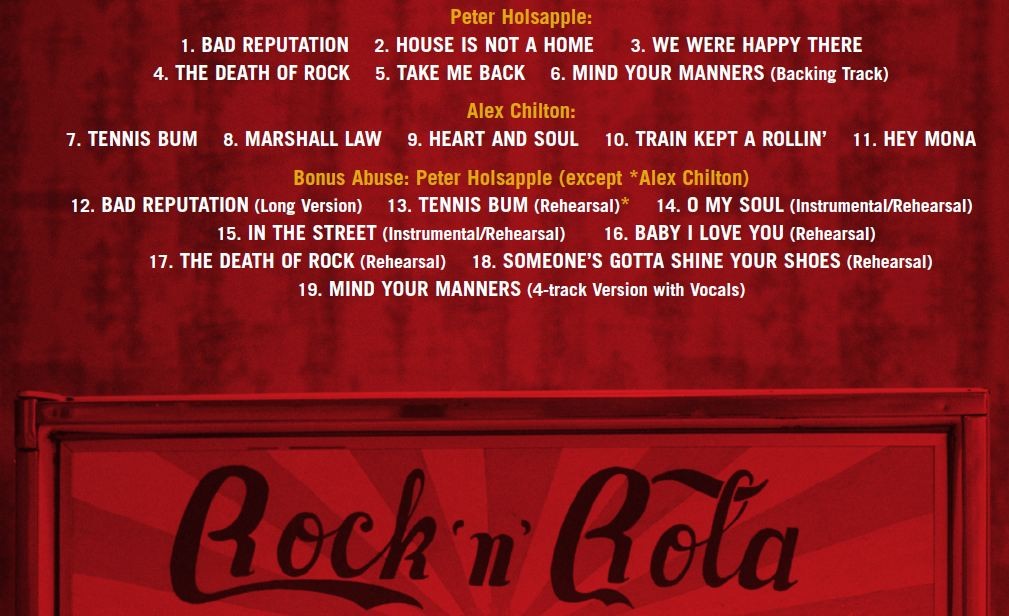Memphis is rightly known as a city of musicians’ musicians. Whether they stay planted here, like MonoNeon, or move to the coasts where the music industry and its stars are based, they bring a feel and a groove that few others can match. But the city also attracts brilliant players from elsewhere, in search of that Memphis sound. More than any formula or ingredient, like our much-touted horn players, there’s an elusive ambience, a holistic character, that emerges when one works in this city. And one element of that is simple: It’s in the rooms.
That doesn’t mean our well-appointed lodgings, but rather the classic studios that have dotted the city for over half a century. But it wasn’t always thus. At the dawn of the 2000s, digital technology led many to retreat into the safety and economy of home studios, to such an extent that many studio owners wondered if they’d go the way of the dinosaurs. Was there any money in the studio business?
In recent years, that question is being answered with a definite maybe. The pendulum has swung back to the advantages that only dedicated studios can offer, especially larger rooms, classic gear, and efficient engineering. As Boo Mitchell, co-owner of Royal Studios, one of the oldest continuously operated spaces of its kind in the world, recently noted, “It’s shifting back to the way it used to be, when we were a recording destination.”
All such history is new again, as many artists and producers clamor for a sound that some call retro and others call classic. One indication came in 2019, when what was once unthinkable came to be: A new studio opened in town. And the classic sound was crucial to it. As Memphis Magnetic Recording Co. co-owner Bob Suffolk reflected, “Our studio is brand-spanking new, although it’s done in what I call a purpose-built vintage style.”
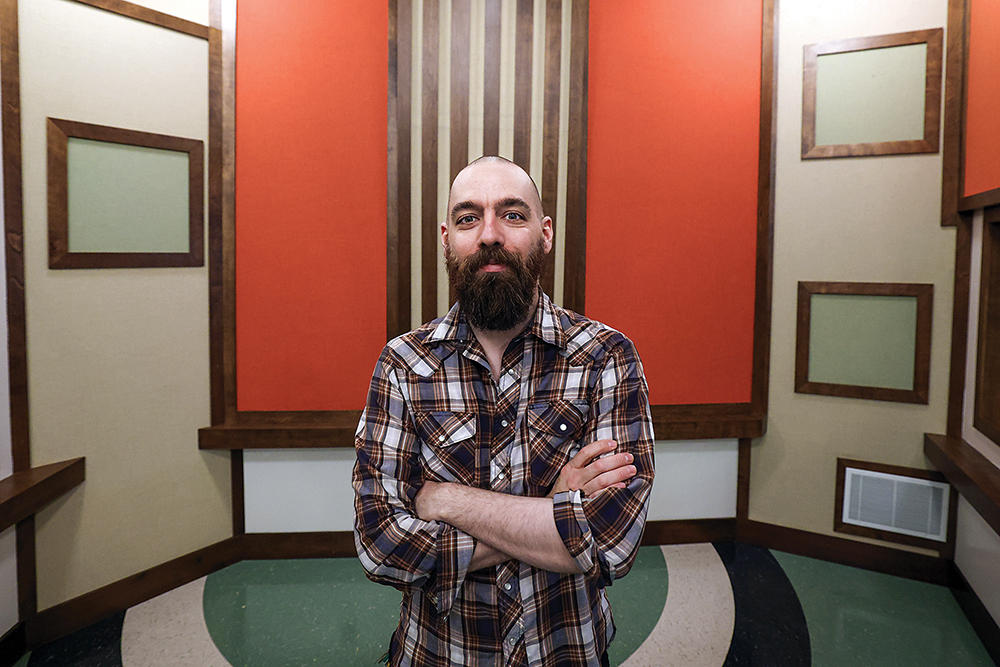
Memphis Sounds, Southern Grooves
Now, a new “purpose-built vintage” recording space is opening with an even more local provenance. Matt Ross-Spang, who distinguished himself first at Sun Studio and then as a Grammy-winning engineer and producer based at the renowned Sam C. Phillips Recording Studio and elsewhere, is custom-designing a new room, to be called Southern Grooves, in what was once the Sears cafeteria on the second floor of Crosstown Concourse. As he puts on the finishing touches, it’s clear that this one project embodies all Ross-Spang has learned from multiple studios around Memphis for over a decade, a distillation of the city’s legendary history of recorded music.
“On these walls, we used a polyurethane paint. And that doubled the length of the room,” Ross-Spang says. When you get a tour of a studio, you hear such absurdities regularly. Wait a minute, I think, the paint alone can double the length of the room? That’s when I realize he’s talking about the length of the room’s echo. In a studio, what matters is how your ears measure a room, not your eyes or your yardstick.
In this instance, the room is basically a closet, but it’s a closet designed to always remain empty: another absurdity. “This is what I’m most proud of, our echo chamber. Steve [Durr] designed it. Here’s what it sounds like,” says Ross-Spang as he claps a single time. “It’s about four seconds. Of course, our bodies are soaking up some of the sound.” When in use, the room will have only speakers, playing audio from the control room, and microphones to record how those sounds bounce off the walls. To build such a room, Ross-Spang and Durr studied Phillips Recording intensely. “Phillips has three chambers. The one behind the pink door at the end of the hall there is the greatest echo chamber I’ve ever heard. It’s about six seconds. I didn’t have that much space, but we had height.”
Ross-Spang is one of the few to have seen the Phillips chambers in detail. As Jerry Phillips, son of the late Sam Phillips, says, “We’ve got some of the greatest echo chambers in the world in that building. And we keep them kind of a secret. We don’t let anybody take pictures in there. It’s proprietary. We have three different sizes. And the combination can really give you a great sound. You cannot duplicate it in any kind of digital process.”
That’s true of all such physical spaces, be they echo chambers or the large rooms in which bands record. Stepping into the tracking room at Southern Grooves is like stepping back in time, both sonically and visually. Wood panels alternate with orange fabric on the walls; a wooden chair rail runs along the room’s perimeter; linoleum floor tiles sport geometric patterns here and there; perforated light fixtures, reminiscent of the Summer Drive-In, hang from a ceiling with similarly perforated panels, arranged in an uneven sawtooth pattern. All of it seems to invite a band to set up and record in the old-school way, all together, playing live in the room that time forgot.
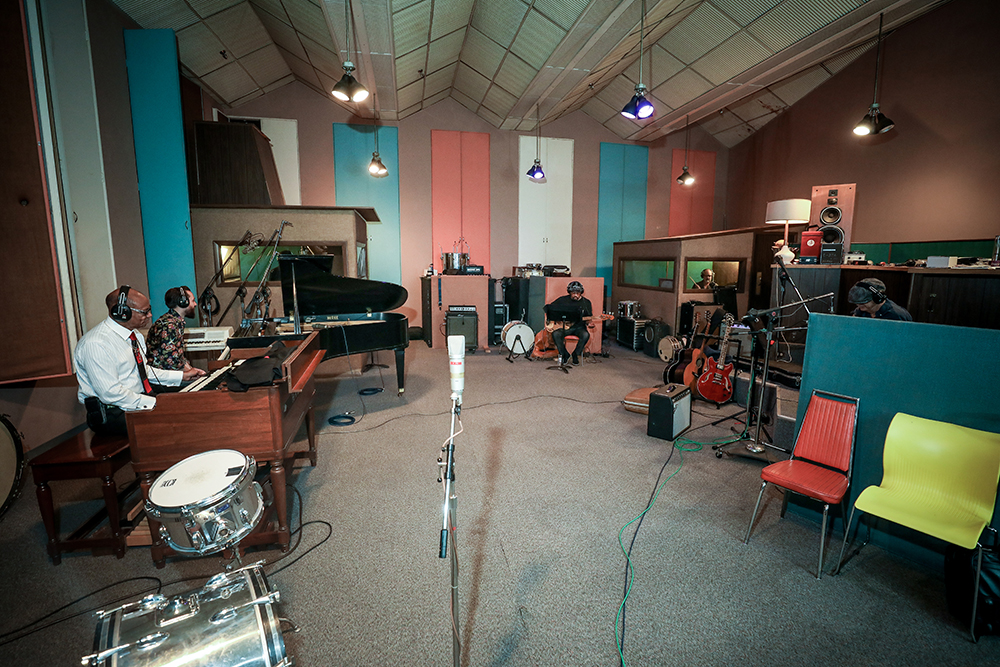
William Bell (behind piano), Leroy Hodges, Ken Coomer, and David Cousar (Photo: Jamie Harmon)
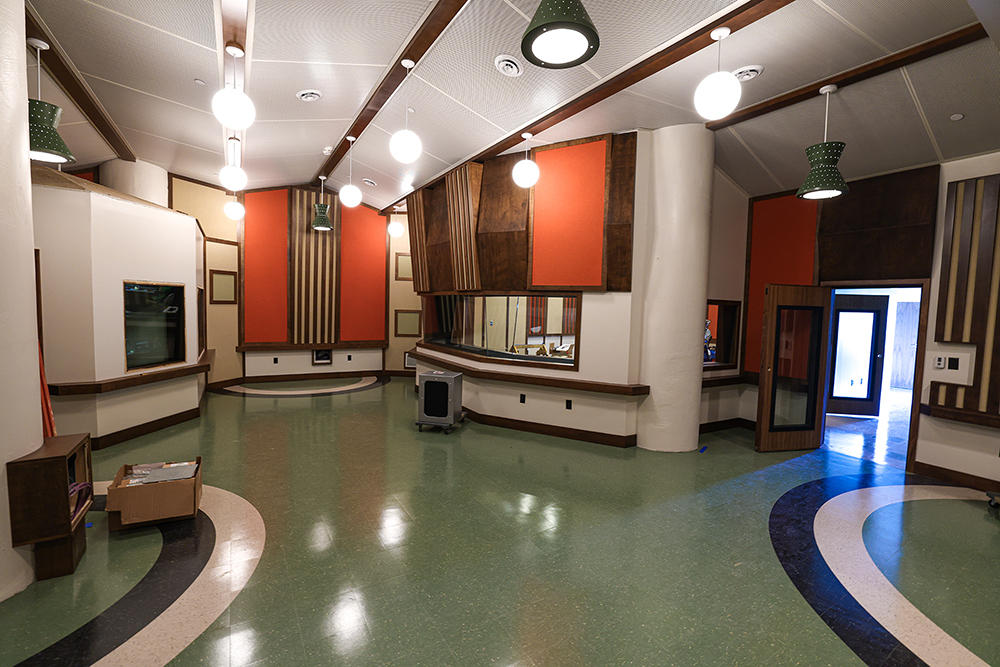
Memphis Soul Stew, or Ingredients of a Sound Studio
“I kinda stole from all my Memphis heroes. At Sun, the V-shapes on the ceiling went long ways, and at Phillips they go like this. And then Chips Moman’s thing was latticework,” Ross-Spang explains, referring to the producer/engineer who helped found both Stax and American Sound Studio. “So the ceilings here are about 15 feet high; the panels drop down and are angled, but the sound goes through the perforated metal, and then there’s insulation so it stops before it comes back down. So you still get the big room, but you don’t have the parallel surfaces. You never want parallel surfaces.” Such surfaces cause sounds to bounce around too much. “That was another big Sam [Phillips] thing. The angles throw off the flatness of the floor.”
And yet some bounce is desirable. Take the linoleum floor, also a design element from Sun (actually known as the Memphis Recording Service in its heyday). Those floors have often been celebrated as being critical to the roomy sound of early Howlin’ Wolf, Elvis, and Jerry Lee Lewis recordings. As musician Mark Edgar Stuart notes, one story among his fellow tour guides at Sun Studio is that once Bob Dylan himself walked in on a tour, looked at the floor, said, “Ahh, tile,” then walked back out.
As Jerry Phillips says of his father, “Memphis Recording Service was his baby, of course. And Marion Keisker helped him a lot. They laid the floor tiles. He would clap his hands and hear how the echo sounded in the room. How alive or dead it was. He wanted a combination of live sound and controllable sound. And he just built the acoustics in that studio by experimenting.”
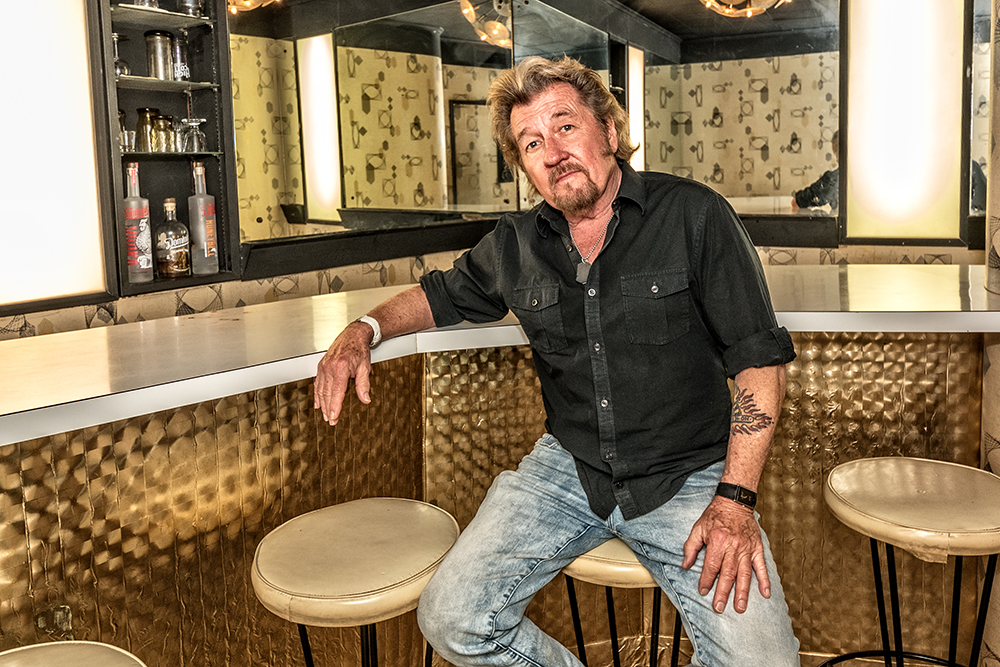
As Ross-Spang envisioned it, having such a “live” tracking room, with some echo (as opposed to a “dead,” echoless room) was critical. “In the ’60s, all the rooms were really reverberant,” he explains. “And then in the late ’60s, early ’70s, when they got 16 track machines and could put mics closer on stuff, they started to deaden stuff with burlap. And then they went so far, they would just really deaden it. So I wanted to have a ’60s room that just started putting up burlap. I always thought that was the coolest balance. ’Cause you can always deaden something more. I can always put more shag rugs down; I can put in baffles. But it’s hard to make stuff livelier. And I just love the old tile floor. Ever since Sun, I’ve always loved that sound.”
The wood and burlap on the walls, on the other hand, are inspired by the second location of Ardent Studios, built in 1972, where Big Star (and many others) made legendary albums. Once again, Ross-Spang leaned on his design collaborator for much of those details. “Steve Durr was really good friends with Welton Jetton, who built all the equipment for Stax and Ardent and helped John Fry [and Terry Manning and Rick Ireland] design the original acoustics at Ardent. So Ardent Studio A had these kinds of reflectors and absorbers. That was a Welton Jetton design. I brought that back because I always thought that was a great look, and they sound amazing.”
Yet there are some elements of Southern Groove’s acoustics that are completely unique, unrelated to the studios of yore. “You always want limitations, and I had the limitations of the columns,” Ross-Spang explains. He’s speaking of the huge concrete columns that pepper the entire Crosstown Concourse structure. There was no possibility of removing or moving them, but Ross-Spang was okay with that. “Acoustically, the columns are interesting because they’re three-foot-thick concrete, they’re smooth, and sound will bounce off that randomly every time. There’s no way to mathematically account for that, acoustically. You play guitar from here, you move and inch, and it’ll bounce differently. I think it’ll be interesting when we get mics in here because it will randomize the room a lot.”
For Ross-Spang, the randomness was a bonus. “A lot of acousticians have one design that they go for every time, but Steve [Durr]knows I wanted something weird and not necessarily correct. Because all the Memphis studios aren’t correct, but they’re cool. I didn’t want a perfect studio; I wanted a weird studio.”
As we move into the control room, where two electricians are painstakingly working, it becomes clear that weirdness is literally wired into the entire space, thanks in part to Ross-Spang’s forethought. Pointing to the electricians, he says, “They’re pulling 30,000 feet of cable, and we’ve got conduits and troughs running to all the rooms. I wanted to wire every room for sound ’cause sometimes you want something to sound perfect, and sometimes you want it to sound like it’s in a garage. The hallways and every other little room are wired. Sometimes a guitar in the main tracking room sounds too good. So you put it in the hallway and it sounds like Tom Waits, and that’s what you need, you know? I do that a lot. At both Sun and Phillips, I would use that front lobby all the time. So I wanted to keep that here. All the wiring is running through the floor in troughs, and the cables will come up into these old school ’60s one-fourth-inch patchbays.”
Ultimately, the wires will converge on a mixing board that, among all the design features, will make Ross-Spang’s commitment to classic Memphis studios more apparent than ever. “I actually have John Fry’s original board from the original Ardent on National Street, where they did the first Big Star stuff. It’s getting fixed up, and it’ll be the main board. It was built in Memphis by Welton Jetton. And I also have a later board that Welton built for Stax, when they upgraded to the bigger boards. We’re putting the Ardent console in the original Stax frame, this cool white Formica top thing.”
The influence of Jetton on the studios of Memphis is hard to overstate. As Terry Manning, the first engineer at Ardent and now a distinguished producer, says, “Welton was a genius. He was the chief engineer at Pepper [Sound] Studios, which at the time was the biggest jingle recording company in the world and had several studios that Welton had put in. Pepper was huge, and Welton was a prime part of that. And later he started his own company making consoles, which became the Spectrasonics consoles that Stax and Ardent had. Later he changed that to Auditronics, and they were used all over the world. It was all Welton and his crew — acoustic design, electronic design, building the consoles. ‘Hey, we need a direct box! What’s a direct box? I don’t know, but Welton will build it!’ It was an amazing time, where you made your own gear and recorded your way.”
Finally, aside from the collection of other vintage gear that Ross-Spang has amassed in his current home base at Phillips, there will be vintage amps and instruments, including a Hammond A-100 organ and one thing most home studios and even many professional ones simply do not have these days: a grand piano.
For that, Ross-Spang received some sage advice from one of the pillars of Memphis’ golden era of recording. “I brought one of my heroes, Dan Penn, over here, and out of nowhere he said, ‘What kind of piano are you gonna get?’ And I said, ‘I don’t know. I don’t want to get anything too big.’ And he said, ‘You need to get the biggest durned piano you can buy. Them little pianos, the sound don’t wanna come out of them. But them big pianos, they can’t wait to be recorded. They jump out the speakers.’ So I’m going to have a Baldwin from 1965 in here. It’s a 7-footer. It was really cool to get it from Amro Music ’cause it’s their 100th year of serving Memphis.”
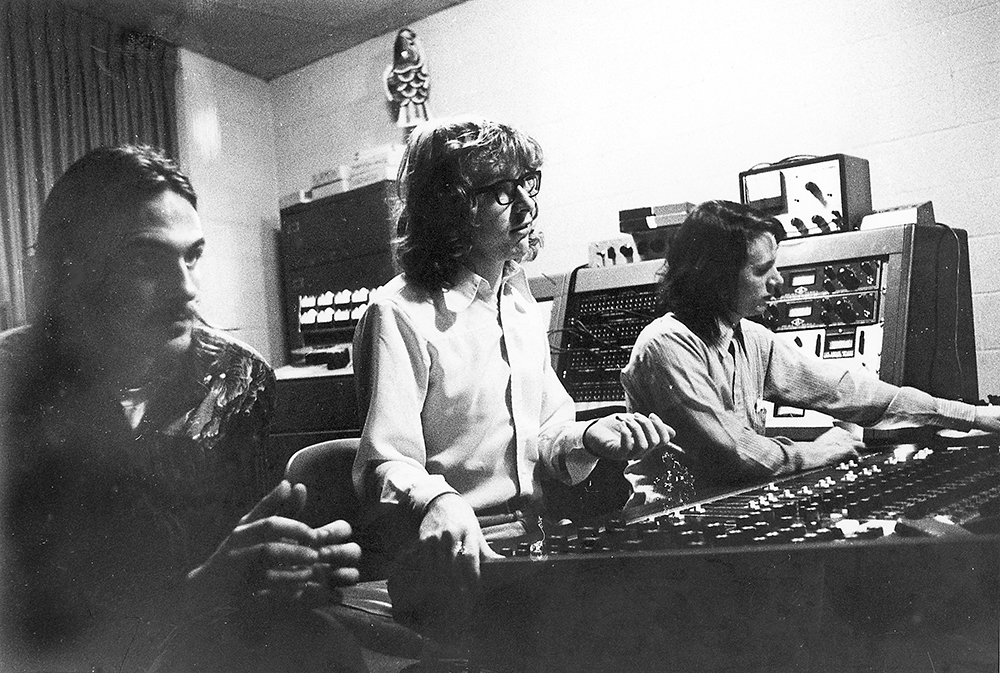
I’ll Take You There, or Setting is Everything
And yet, despite all of Ross-Spang’s committment to the designs and instruments and gear of yesteryear, there’s another element that he may value over all others. As we wrap up the tour, he reflects a bit more on the simple fact of where Southern Grooves will live. The name screams out “Memphis,” of course, but there’s more to it than that. Something unique.
“Never has a studio been in such an ecosystem like Crosstown,” he says. “That was one of the biggest selling points to me. Think about with Ardent and other places with multiple rooms and who you might run into. You might be doing an overdub, but then Jack Oblivian’s in Studio A, and you’re like, ‘Hey, will you come play real quick?’ And that’s kinda gone now with home studios and one-studio facilities.
“But at Crosstown — like, we just ran into Craig Brewer! It’s kinda like having Jerry Phillips come visit Phillips Recording. Here, you can go next door to the Memphis Listening Lab and remember why we’re doing this in the first place. Crosstown is a million-and-a-half-square-foot lounge, essentially, filled with creative people. And I don’t think any other studio has had that opportunity. That’s what I feed off of: other people’s energy. If you put me in here by myself, I couldn’t create anything. But when I have the people here, I’ll go two days without sleeping because I’m so jacked, you know?”
Matt Ross-Spang plans to have Southern Grooves fully operational this August.
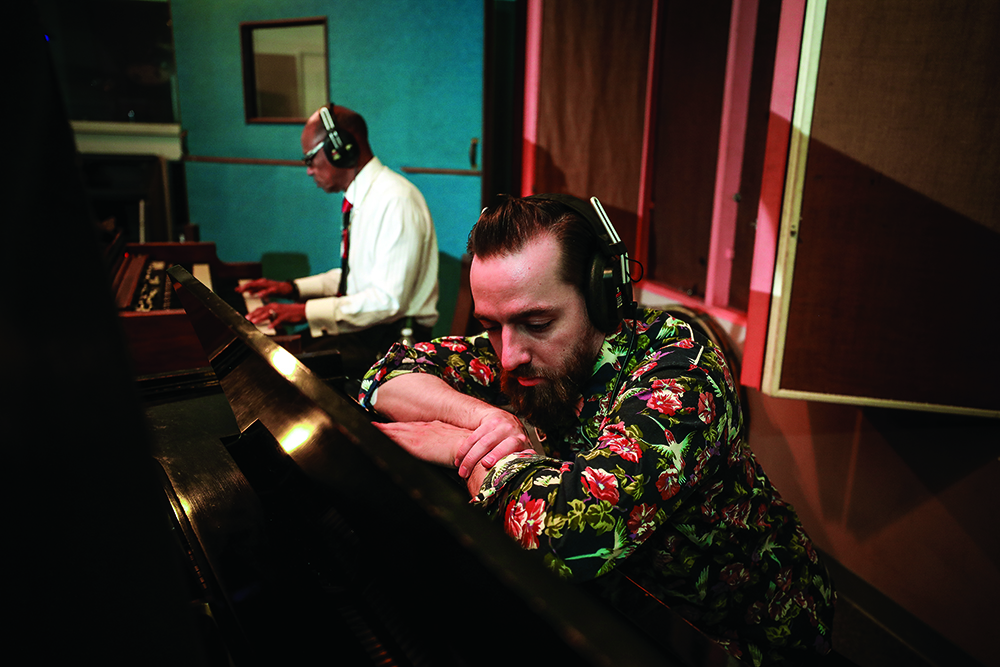
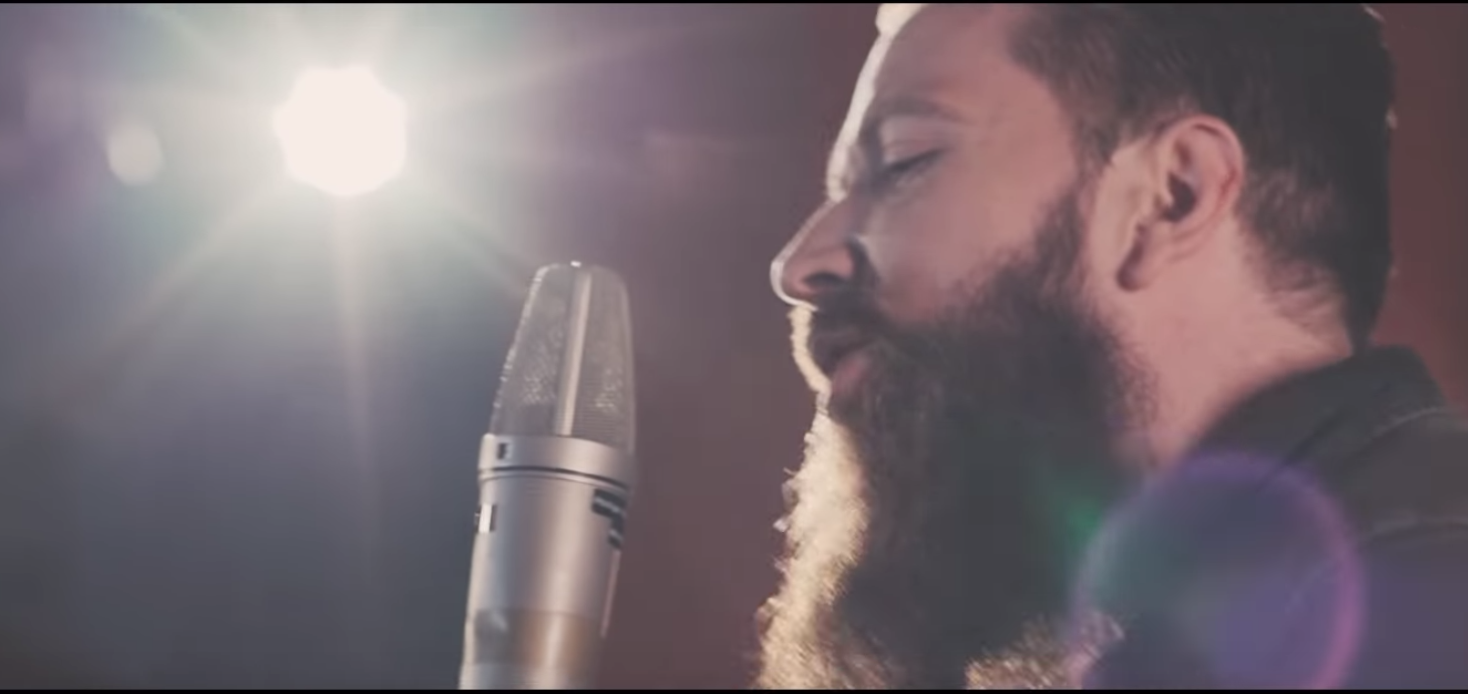
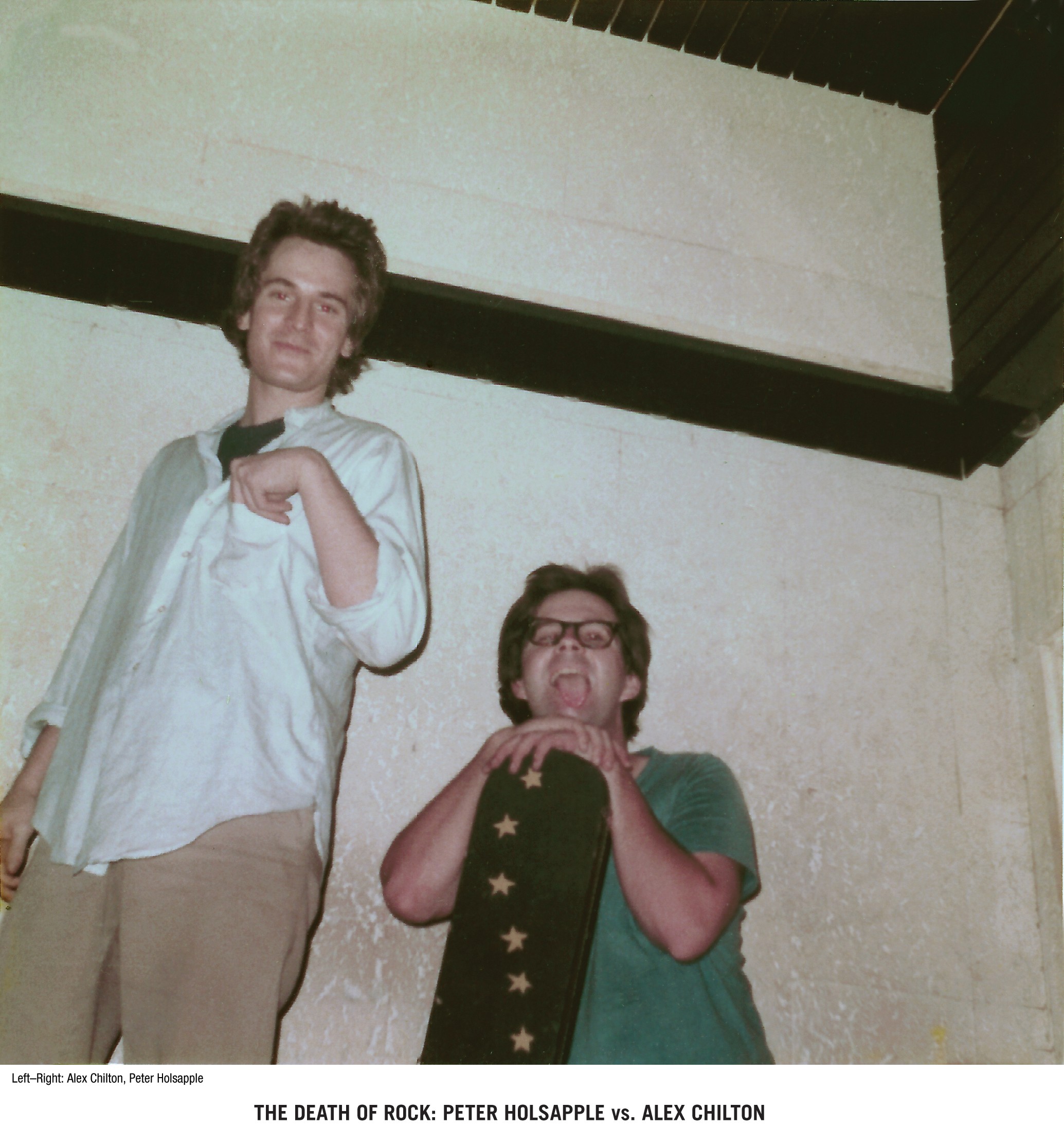
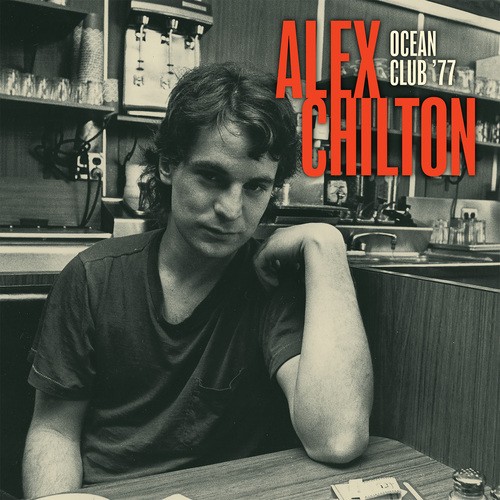 Norton Records
Norton Records 

